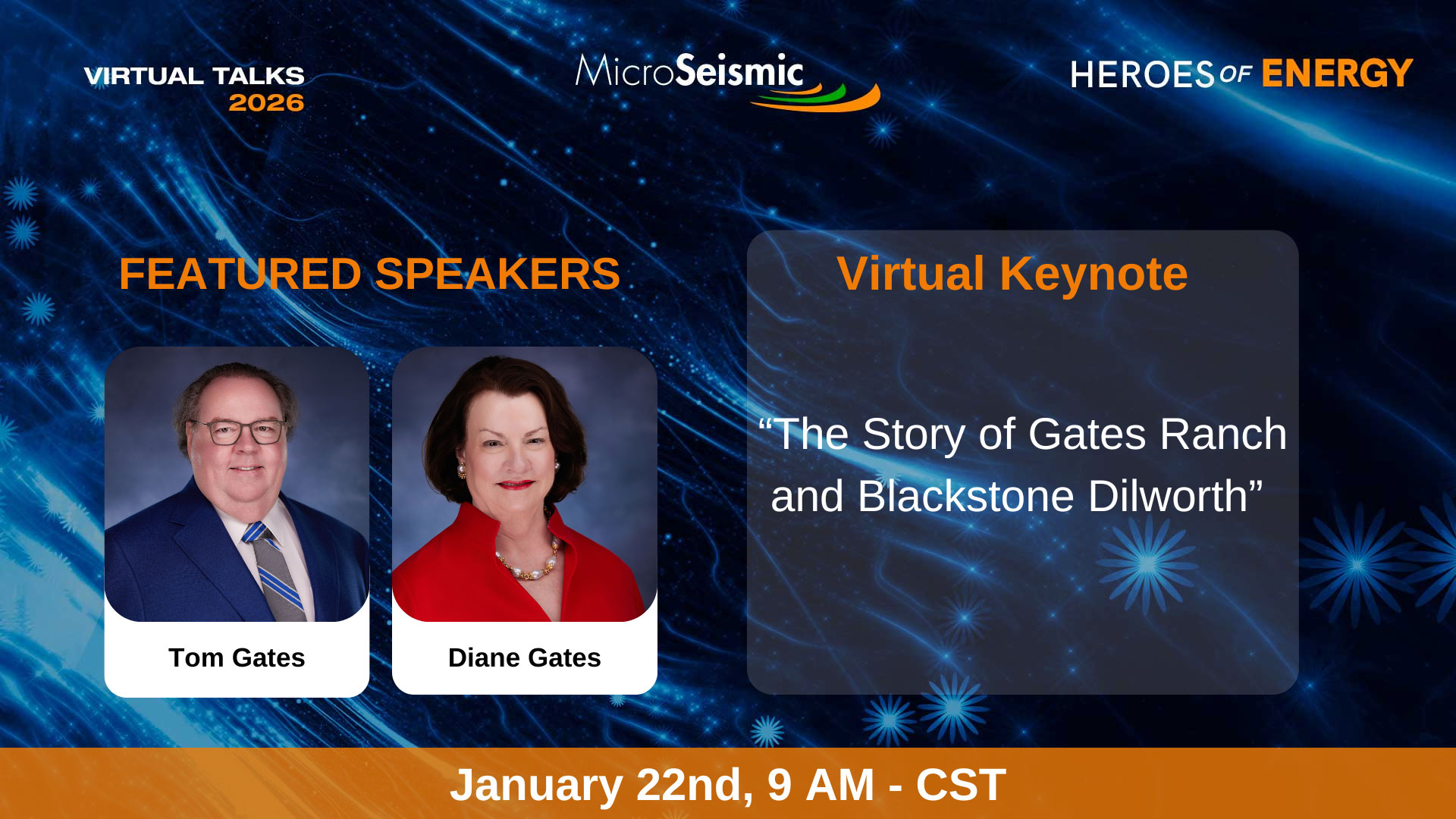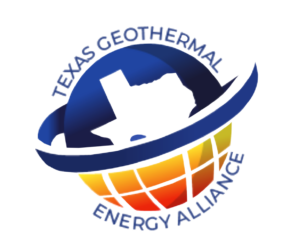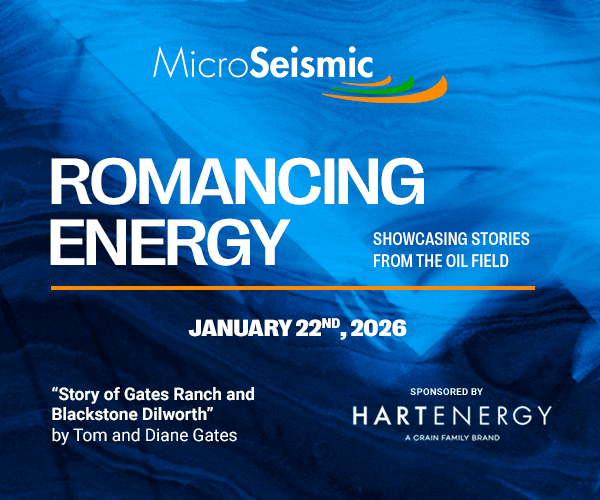I was watching the news when I lived in Bogotá, Colombia, at noon, like most families in this country. Something unusual appeared on television: a reported large sinkhole that appeared in a car parking lot in Florida. I wondered how that was possible. My sister Alejandra immediately responded, “It’s the aliens!” However, at that time, I was studying geology, and months later, I understood that depending on the type of rock, in this case, limestone, it could be affected and dissolved by water. One of my first geology professors, Professor Gustavo, told me about it.
Some time passed, and my sister firmly believed in extraterrestrials. She would say, “Adri, they have done and still do many things on this planet.” One day, after another report in Florida where a sinkhole destroyed two houses and started sinking, I asked Alejandra, “What do you think about this?” She immediately responded with a worried look on her face, “It’s the aliens. How scary, right? Look at that perfect circular shape. It looks like they took a piece of cake. Look at the layers!” She was referring to the soil stratification and the fresh, sharp layers of rock as if a laser had perfectly cut that area.
Ten years later, I find myself in the United States, and I start to see that it is a truly serious problem in some states located in geologically unfavorable areas. Some of these areas have sedimentary deposits that, after a process, resulted in limestone, meaning its main component is calcium carbonate. Other places have layers of salt, yes salt! but completely solid like a wall, capable of developing underground caverns that no one perceives, not even ants.
Now I work for a company that monitors these natural phenomena. MicroSesismic has an incredible technology, KarstAlert (KA), for the early detection of sinkholes and allows time for an intervention. KarstAlert is a real-time passive monitoring system, 24/7, that has proven to mitigate the risk, prevent costly damages, and protect the environment… It seemed incredible to me; I never thought someone would dedicate themselves to developing a monitoring tool capable of predicting a possible collapse. Now I know that this is truly serious and devastating because when there is no monitoring, the inhabitants of cities don’t know what is happening beneath their feet. And it is truly unexpected when you don’t have the proper knowledge. This happens in many places in Florida and around the world, where despite now knowing that they have a latent risk of developing these sinkholes, unexpected incidents still occur, causing damage to properties and significant lifestyle changes.
In charming Florida, known as “The Sunshine State,” famous for its white sandy beaches and subtropical climate, a persistent geological and engineering challenge lies beneath the idyllic surface: the so-called sinkholes. They pose a significant threat to the residents and infrastructure of Florida.
In that region of beaches, breezes, and the sea, geology with its not-so-favorable conditions for subsurface stability is responsible for the proliferation of sinkholes in the area. The state sits on sedimentary rocks, known as limestone, that are highly soluble in water. Over time, acidic water penetrates the underground layers, gradually dissolving the limestone and creating hollow spaces. When the upper layer of soil can no longer support the weight of the land, it collapses, forming a sinkhole. That’s when my sister said, “Wow! So the extraterrestrials aren’t populating underground cities?” I replied, “No, Alejandra, it’s a serious and challenging problem that results in costly reconstruction efforts.” Additionally, underground infrastructure like pipes and drainage systems can be compromised, leading to disruptions in public services.
Given the persistent threat of sinkholes, Florida has implemented several measures to mitigate their impact. Geologists and engineering experts work closely to identify high-risk areas and develop advanced sinkhole detection and monitoring techniques. Prevention efforts include conducting thorough geological studies before construction, implementing stricter building regulations, and promoting public awareness of the risks associated with sinkholes.
I firmly believe that a country and a company like MicroSesismic can handle a problem of this magnitude, helping to maintain balance in areas at risk of developing these natural phenomena.
Florida Geological Survey. (2018). Sinkholes in Florida. https://www.dep.state.fl.us/geology/geologictopics/sinkhole.htm
Florida Department of Environmental Protection. (2020). Sinkholes. https://floridadep.gov/rcp/sinkholes
National Park Service. (2022). Sinkholes: A Hidden Menace. https://www.nps.gov/subjects/caves/sinkholes.htm}









